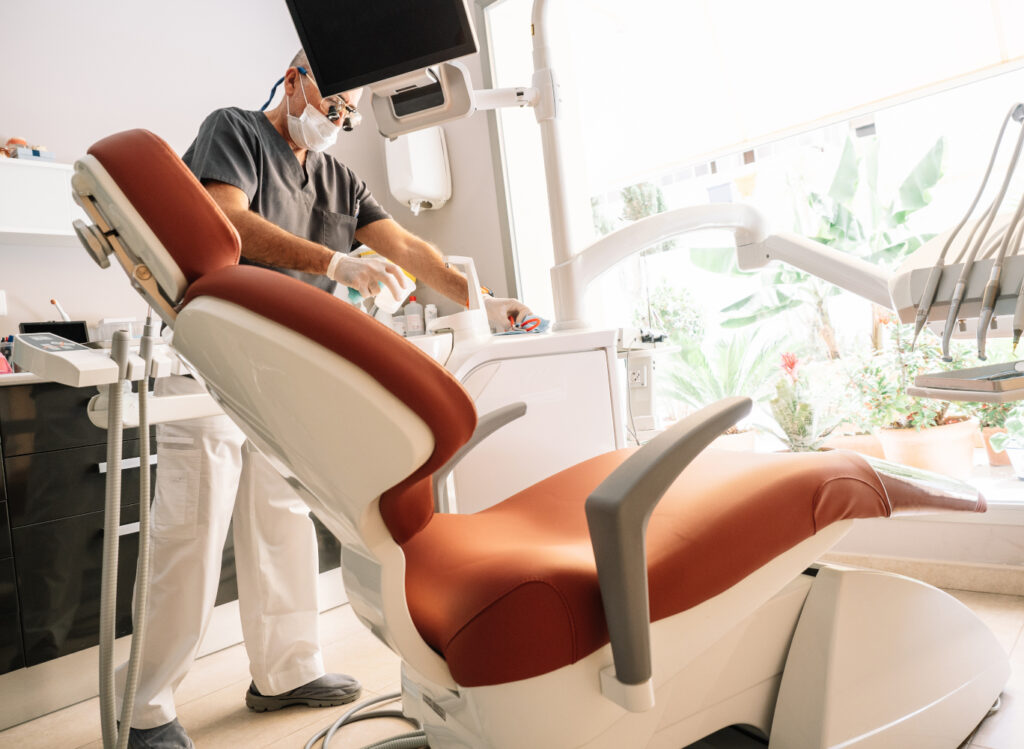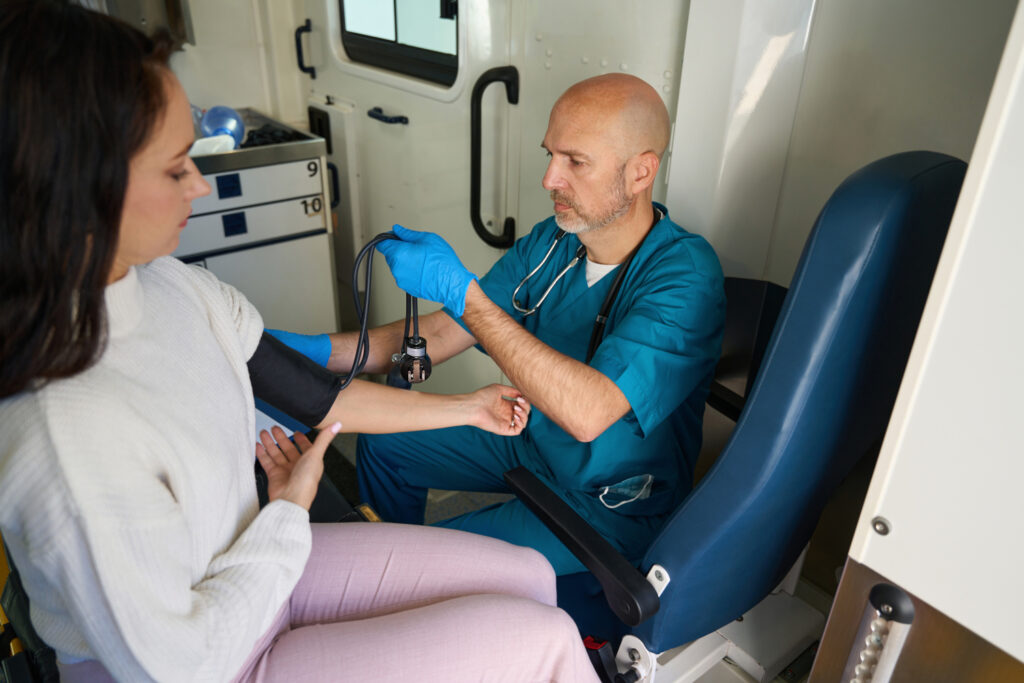The cracks in dental care are turning into canyons. Regulatory shakeups, shrinking reimbursement models, and systemic inequities are threatening to widen an already yawning access gap, especially in rural and underserved communities. But across North America, dentists and hygienists are pushing back, not with complaints, but with creative, boots-on-the-ground solutions. If you’re practicing today, this isn’t a crisis to watch from the sidelines. It’s one that demands action, adaptation, and a mindset shift.

When Policy Undermines Prevention
Water fluoridation, once considered a triumph of modern public health, is under threat. Recent legislation, like Utah’s statewide ban and RFK Jr.’s nationwide anti-fluoride campaign, undermines decades of proven preventive care. Couple that with potential Medicaid cuts and the shutdown of the CDC’s oral health division, and the result is pretty predictable: more disease, especially among children in rural areas.
Nearly 20% of the U.S. population, around 60 million people, reside in rural communities, and over 60% of rural U.S. children already have some form of untreated dental disease. Without fluoride and Medicaid support, expect a 20–40% increase in caries prevalence. That means more extractions, more pain, and more lives altered before adulthood.
Mobile Models, Real Momentum
Rather than wait for top-down reform, many dentists are hitting the road, literally. From British Columbia to Honolulu to Devon, England, mobile dental clinics are helping providers reach patients in true “dental deserts.” Dr. Chris Bryant’s bus-turned-clinic and Tara Pile’s sterilized caravan “Flossy” are low-cost, high-impact tools for bridging geographic gaps. These mobile setups offer practical, cost-effective solutions that are catching the attention of younger dentists looking to avoid the financial burden of traditional brick-and-mortar practices.

Across the U.S., states are introducing new legislation to expand access to dental care in underserved areas. Programs like Georgia’s Dentist Loan Repayment initiative now incentivize graduates to practice full-time in counties with populations under 50,000. Dentists can earn up to $100,000 in debt relief by committing to four years in these high-need zones. In 2024, Florida revived a loan repayment program offering up to $50,000 annually for dentists serving Medicaid patients in rural regions. Oklahoma also recently expanded its support to fund 30 dentists each year in high-need zones. Federally, bills like the Dental Faculty Loan Repayment Assistance Act and the PRO-HEAL Act aim to grow the dental workforce and encourage providers to serve in shortage areas. It is clear the profession is beginning to align incentives with need. But progress in Washington has lagged. If these solutions are going to move beyond proposals, the dental profession needs to get louder — and push harder.
The Quiet Crisis of Special Needs Dentistry
Access gaps aren’t just about geography. Patients with developmental disabilities remain one of the most underserved populations. Many private practices lack the training, space, and reimbursement structure to accommodate them. The result can be months-long waitlists, long-distance travel, and worsening outcomes for these patients.
But here too, solutions are emerging. California is investing over $47 million into specialized dental surgical centers designed for patients with autism, Down syndrome, Alzheimer’s, and more. Dr. Maxmillian Chambers’ upcoming ImpowerDent SurgiCenter in Imperial County is just one of 13 clinics aiming to redefine access. With equipment like wheelchair lifts and sensory-friendly rooms, these facilities represent a long-overdue evolution in patient-centered design.
The Surge in At-Home Care and Chronic Disease Management
For all the advances in infrastructure, one truth remains: most oral health outcomes are determined at home. Cavities may start in the mouth, but the damage doesn’t stop there — they’re tied to some of the most serious chronic conditions. Teaching patients to manage their oral health daily is foundational.
Dentistry’s future may resemble medicine more closely, with a stronger emphasis on chronic disease management rather than episodic surgical intervention. Technology, from AI-guided brushing apps to remote monitoring tools, is only going to deepen this trend. If you’re not engaging patients in their own care between visits, you’re missing half the battle.
What Now? Practical Steps for Forward-Thinking Dentists
This isn’t a doom-and-gloom story. Let this serve as a call to action. Here’s how dentists can respond now:
- Expand Your Skillset
Gain training in treating special needs patients, operating mobile units, or applying for public grants. These skills are increasingly marketable and mission-critical.
- Advocate Locally
From fluoride bans to Medicaid reform, dental professionals need to lead, not just respond. Join your local dental society’s legislative committee. Speak at city council meetings. Publish opinion pieces. Get involved!
- Rethink Practice Models
Consider hybrid practices that combine traditional offices with mobile outreach. Explore partnerships with community health centers. Use telehealth to pre-screen or educate patients remotely.
- Invest in Prevention
From dietary education to home hygiene tools, preventive care protects your bottom line just as much as it protects patients. Track metrics, follow up between visits, and reward compliance.
Dentistry today demands more than clinical skill. It involves addressing inequity, shaping health policy, and redefining what comprehensive care looks like. These challenges are daunting, but they also present an opportunity for the profession to redefine itself. If you’re ready to lead, now’s the time. The communities that need you are only falling further behind.
Dentistry 411 will continue to track the science, the products, and the legal landscape so you don’t have to. Subscribe to stay ahead of the curve, cut through the marketing, and make smarter decisions in your dental practice.
SOURCES: NBC News, Becker’s, Oral Health Group, BBC, Savannah Now, SFDDA, Citizen Portal, Cal Matters, Decisions in Dentistry, Becker’s





